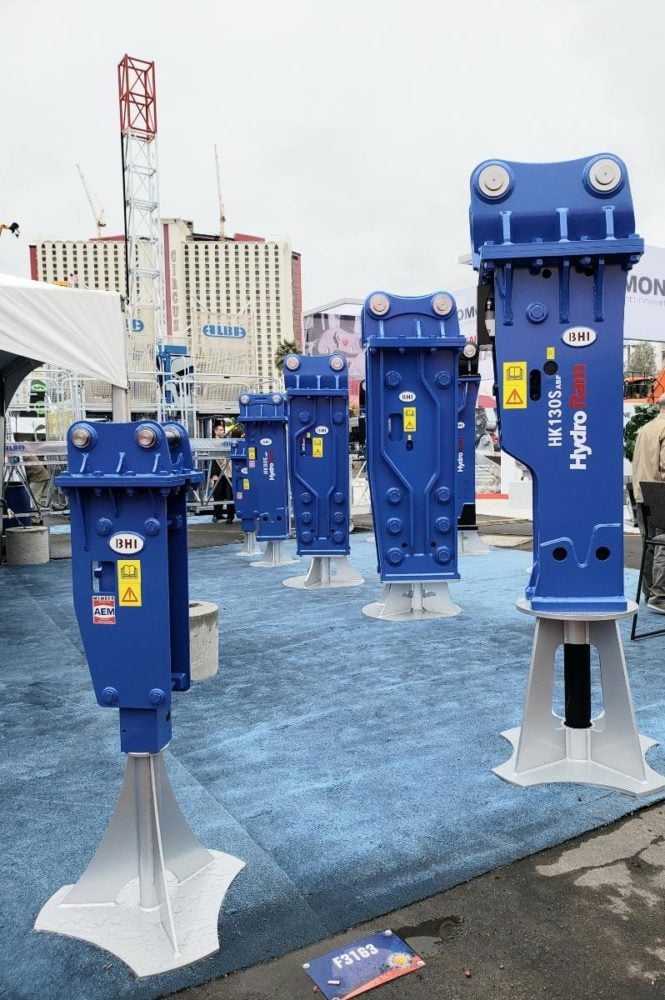The one piece of construction equipment that really packs a punch is a hydraulic hammer. This tool is ideal for breaking up thick clay or rocky soil for easier digging, breaking through rock for mining, and even interior demolition jobs. While many construction jobs benefit from having a hydraulic hammer on site, having the right size is important.
Whether you are looking for a personal purchase or for your company, it’s important to understand basic information before browsing inventory.
Asking the Right Questions
The first thing to do is to determine your needs. Here are some vital questions to ask yourself before purchasing a hydraulic hammer.
- Am I purchasing this for multiple jobs?
- What types of jobs will I use it for?
- Do I have the right carrier for the size of the hammer?
- How much money am I willing to spend?
Once you have the basics figured out, you can start narrowing down your options. For instance, if you only have enough money to buy one size of hydraulic hammer, which will fit your needs best? Looking to save even more money? Consider searching used equipment and finding the best option for your needs out of what is offered.
The Difference in Classes
After you understand your needs, learn about the different classes and their capabilities. Here is a quick summary of the sizes and what types of jobs they usually do.
Large Class
This heavy-duty hammer hits with more force and less frequency. For the biggest jobs, such as excavation or mining, breaking up large areas of clay ground, and demolition of large buildings or structures and stone walls, this is the best size to use. The pressure is higher in these hammers, with 2300+ PSI in the canister and hit with 200-400 BPM. These attachments weigh more too, so make sure you have the appropriate carrier for housing the size.
Medium Class
For jobs that need a good amount of power but also require more frequent hits, the medium class hammer is a great attachment to use. The pressure isn’t quite as high as the large class, ranging from 2000 to 2600 PSI. The hits come in faster too, between 350-700 BPM. The medium class hammers are great for landscaping boulders, breaking up large concrete pads, and utility jobs. Attachments this size are very versatile.
Small Class
Jobs that are smaller, like demolition indoors, digging fence posts, and breaking up concrete for patch jobs, are best done with a smaller class hammer. These attachments use less PSI and hit faster. This size is easier to control and doesn’t require a heavy-duty carrier like the other sizes might. It is still more powerful than a jackhammer though and more effective.
If you are looking to buy a hydraulic hammer in one class size, the best recommendation is to consider one in a medium class. When renting a hydraulic hammer, this is the size they typically offer because it bridges the best of both worlds. The number of hits and PSI behind it are adjustable, so this provides the most versatility out of the size options.
Have a specific job in mind for the hammer? Contact us to talk to one of our consultants about your needs and we can give you tailored advice, specific to your exact job.

